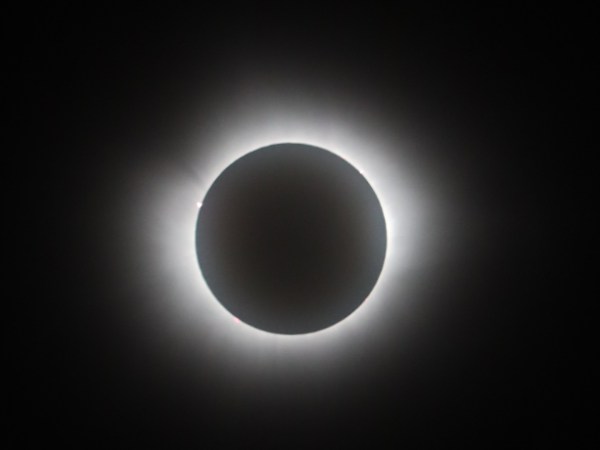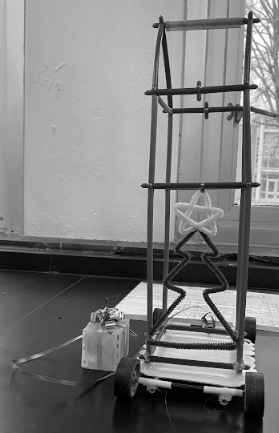Curiosity rover leaves humans curious; Is life possible on Mars?
November 16, 2021
Since the U.S Congress passed establishment of the National Aeronautics and Space Administration (NASA) in 1958, humanity has been wondering about the same question: if life outside planet Earth could ever be attainable.
According to Astronomy teacher Douglas Heeter, even navigating supplies to another planet would be difficult, since “it would take about 6 – 9 months to travel there from the Earth”.
While Heeter’s point is valid considering the measures homosapiens would have to take in order to go live in space, it is also true that many outer-space studies have been made by NASA since its establishment, and even before Neil Armstrong first stepped on the moon, NASA felt that their efforts would “enhance life on Earth and prepare to explore the rest of our solar system,” explains NASA official Lori Glaze.
Glaze’s statement was proven true through the many improvements brought upon humanity’s knowledge of space.
In 1970, NASA’s studies were towards the same goal: to find a habitable planet for humans to settle in if needed. Venus was studied to be analyzed as a possible candidate, however, one of the very few spacecrafts that were able to reach it, Venera 7, was only able to remain on the planet for “23 minutes before succumbing to heat and pressure,” according to NASA’s space scientists. While this was considered a great step towards discoveries because of the data sent back to NASA, no sign of life was ever shown on the surface of Venus.
However, such a transition to a home other than Planet Earth could potentially impose detrimental mental health affects to Earth habitants, such as “stress of living on a new world,” explains Heeter. He also touches base on how since not all people would be able to be transported at the same time, “Isolation from family and all of Earth could prove to be a challenge”.
Mars, on the other hand, provides better hope for future generations to come. NASA’s Curiosity rover was launched to the red planet in 2011 and landed in Gale Crater in 2012. The car-sized roamer is still operational 9 years later and is expected to continue her mission for a bare minimum of 14 years.
Right upon its landing, Curiosity was able to come across smooth and round pebbles that according to the association’s professionals “likely rolled downstream for at least a few miles in a river that was ankle- to hip-deep”. In addition, a power sample drilled from the “Sheepbed” mudstone in Yellowknife Bay, Mars, displayed key ingredients necessary for life such as sulfur, nitrogen, oxygen, phosphorus, and carbon. These six chemical elements make up almost all of the entirety of biological molecules on Earth, found in nonmetals. Vasavada, senior scientist at NASA’s Jet Propulsion Laboratory at Caltech, explains that Yellowknife Bay “indeed was habitable, if life ever was present.”
While these revelations about Mars and possible past life on it give scientists hope for universal space exploration, there were encounters made by Curiosity that questions it.
The rover, during her trip to Mars, faced extreme radiation levels that would exceed NASA’s limit for astronauts, even in specified gear. The Radiation Assessment Detector (RAD) implemented on Curiosity found two types of radiation that could pose potential health risks on astronauts. As stated by NASA in their official website, one of these radiation types is “galactic cosmic rays,” which are caused by supernova explosions, and the second one being “energetic particles (SEPS),” radiation that is derived from solar flares and general ejections from the sun.
Further studies show more potential threats towards humans wishing to visit Mars without proper gear, including the fact that Mars’ atmosphere is dominated by carbon dioxide (CO2). Its concentration is 96%. Mars’ oxygen scarcity would make living potentially impossible for human beings.
When asked about his expertise on the matter, the Astronomy teacher explains that the planet Earth still has “4.5 billion years to go,” which is the approximate life cycle of the sun, unless it faces detrimental rapid changes in “climate, ecosystems, and life as we know it.”











